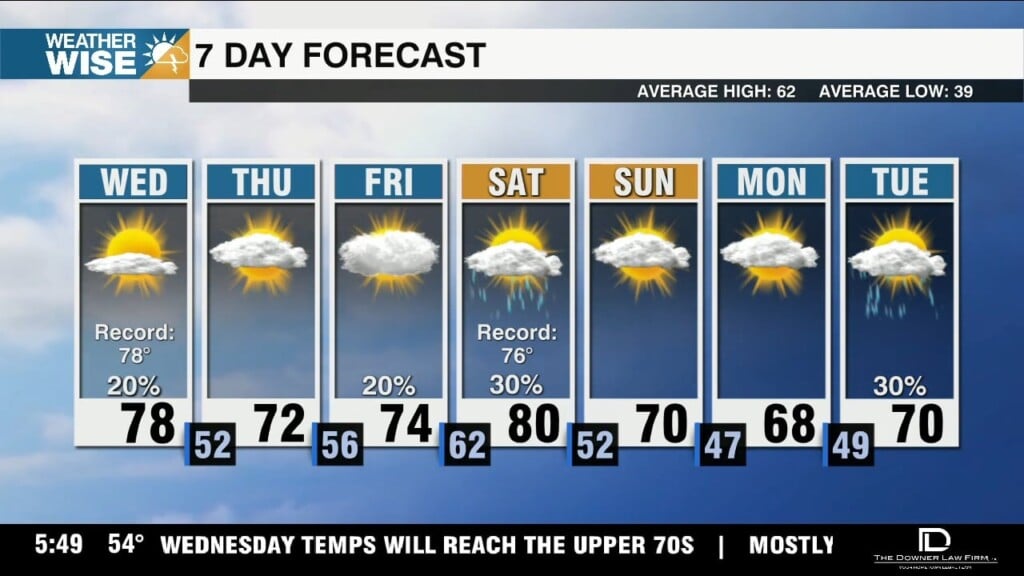WASHINGTON (AP) — U.S. hiring picked up unexpectedly in December as employers added a strong 256,000 jobs, another sign of the economy’s resilience in the face of high interest rates.
The Labor Department reported Friday that job growth was up last month from 212,000 in November.
For all of 2024, the economy added 2.2 million jobs, a solid number but down from 3 million in 2023, 4.5 million in 2022 and a record 6.4 million in 2021 as the economy bounded back from massive pandemic layoffs.
The monthly numbers beat forecasters’ expectation of around 155,000 new jobs and 4.2% unemployment. Healthcare companies added 46,000 jobs, retailers 43,000 and government agencies at the federal, state and local 33,000.
Labor Department revisions shaved 8,000 jobs from October and November payrolls.
Average hourly wages rose 0.3% from November and 3.9% from a year earlier. The year-over-year wage gain was slightly less than economists had forecast.
Getting a clear view of the U.S. job market hasn’t been easy the past few months.
Hurricanes and a big strike at Boeing threw off the October jobs numbers, pushing them down and setting up a payback rebound in November that likely exaggerated the strength of hiring.
Thomas Simons, chief U.S. economist at Jefferies, said that seasonal adjustments around the holidays may have affected the December numbers, but he added that nonetheless “it is hard to say anything negative about the details of this report.”
Over the past few years, the economy and the job market have shown surprising resilience. Responding to inflation that hit a four-decade high two and a half years ago, the Fed raised its benchmark interest rate – the fed funds rate — 11 times in 2022 and 2023, taking it to the highest level in more than two decades.
The higher borrowing costs were widely expected to cause a recession but didn’t. Companies kept hiring, consumers kept spending, and the economy kept rolling along. In fact, U.S. gross domestic product – the nation’s output of goods and services — has expanded at a robust annual pace of 3% or more in four of the last five quarters.
American workers enjoy unusual job security. Layoffs are running below the pre-pandemic trend. On Thursday, the Labor Department reported that just 211,000 people applied for unemployment benefits last week, the fewest in nearly a year.
Inflation has come down, too, from a peak of 9.1% in June 2022 to 2.7% in November. The drop in year-over-year price increases gave the Fed enough confidence to cut rates three times in the last four months of 2024.
But Fed officials signaled at their December meeting that they planned to be more cautious about rate cuts this year. They now project just two rate reductions in 2025, down from the four they envisioned back in September. Progress against inflation has stalled in recent months, and it remains stuck above the Fed’s 2% target.
Friday’s job report is expected to show that average hourly wages rose 0.3% last month from November and 4% from December 2023, according to the FactSet survey. The Fed sometimes frets that wage gains will fuel inflation as companies try to pass along higher labor costs to customers by raising prices.
But Nancy Vanden Houten, lead U.S. economist at Oxford Economics, said in a commentary that current wage growth is consistent with the Fed’s inflation goals. That is partly because strong gains in U.S. productivity allow companies to pay their workers more and earn fatter profits without having to raise prices. “Earnings growth won’t give the Fed any headaches,” Vanden Houten wrote.




